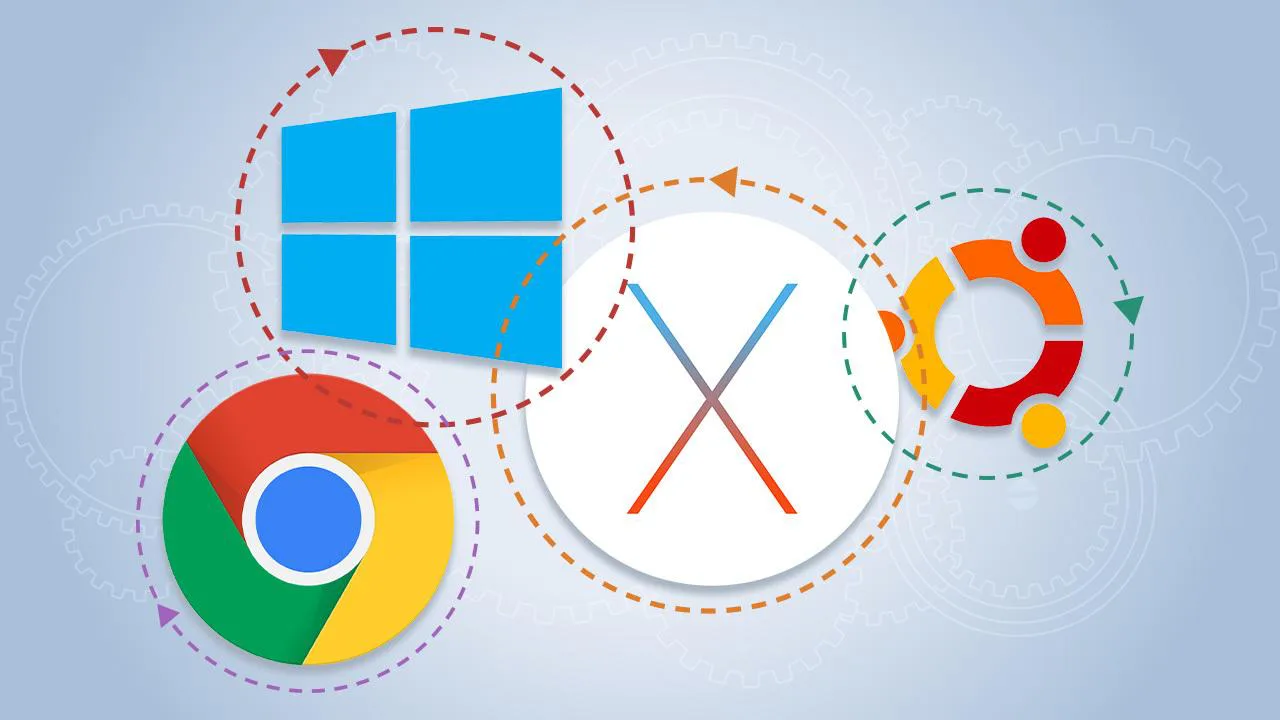The basic concept behind Multi-booting
 CHANDRADEEP KUMAR RAJ
CHANDRADEEP KUMAR RAJ
Hello! Guys, welcome to my blog on the topic of Multi-booting. Let's start with a basic explanation, Pros and Cons.
Multi-booting is the process of installing multiple operating systems on a single computer and being able to choose which one to use when the computer is turned on. Multi-booting involves creating separate partitions on the hard disk for each operating system and installing the required operating system software on each partition. The user can then choose which operating system to boot into by selecting it from a menu during startup. The boot loader software is responsible for presenting the menu and managing the process of starting the selected operating system.
Pros :-
The basic concept behind multi-booting is to allow a user to have multiple operating systems installed on their computer for various reasons such as:
To run different software programs that are only compatible with specific operating systems.
To have access to different environments for work, home or entertainment purposes.
To avoid the need for multiple computers for different purposes.
To experiment with different operating systems.
Overall, multi-booting provides users with flexibility and freedom to choose and use multiple operating systems on a single computer, making it a popular option among advanced computer users and enthusiasts.
Cons :-
While multi-booting can be beneficial for users who require multiple operating systems on a single computer, it also comes with some disadvantages. Here are some of the most significant disadvantages of multi-booting:
It can be challenging to manage: Managing multiple operating systems and partitions on a single computer can be challenging, especially for novice users who are not familiar with disk partitioning, file systems, and boot loaders.
It can be time-consuming: Installing and configuring multiple operating systems on a single computer can be a time-consuming process, especially if you need to set up each operating system with a different set of drivers, applications, and updates.
It can affect performance: Installing multiple operating systems on a single hard drive can impact the performance of the computer. The more operating systems you have installed, the more resources you will need to allocate to each one, which may result in slower boot times, longer load times for applications, and reduced overall system performance.
It can be risky: Multi-booting comes with a certain level of risk, as installing multiple operating systems on a single computer can cause conflicts and compatibility issues. Furthermore, if you are not careful, you may accidentally overwrite important files or partitions, resulting in data loss or even system failure.
In summary, while multi-booting can be a helpful tool for some users, it is not without its drawbacks. Users should carefully consider the pros and cons of multi-booting before deciding to install multiple operating systems on a single computer.
Subscribe to my newsletter
Read articles from CHANDRADEEP KUMAR RAJ directly inside your inbox. Subscribe to the newsletter, and don't miss out.
Written by